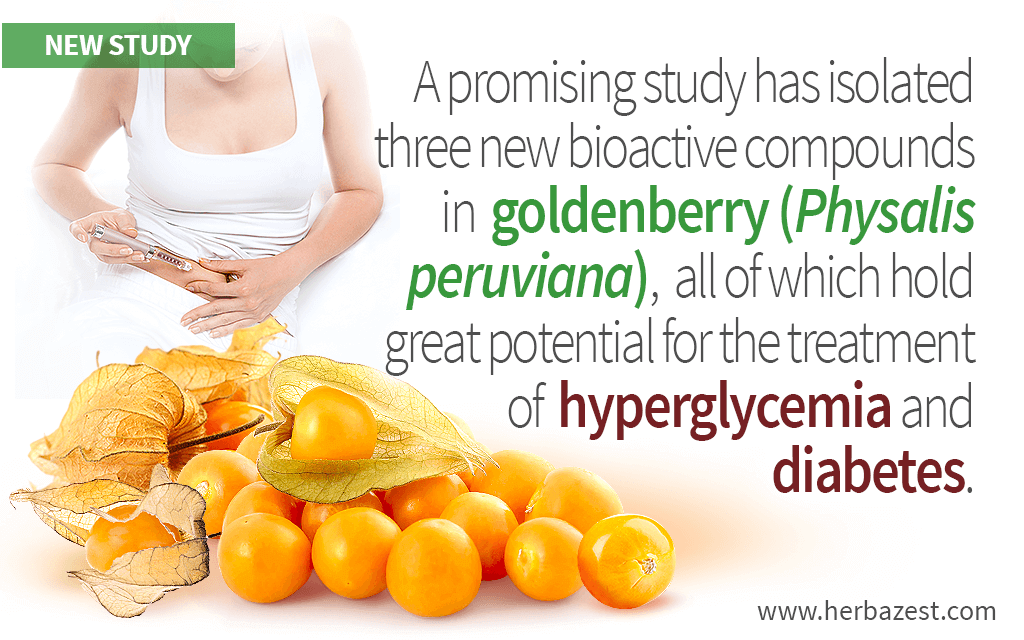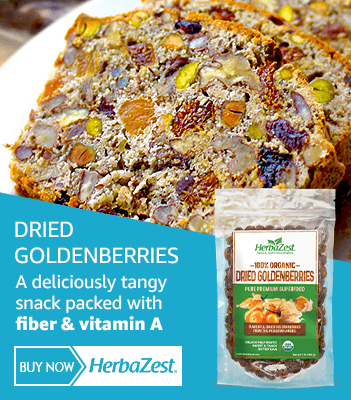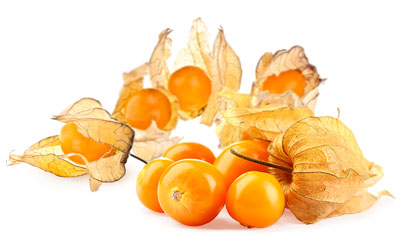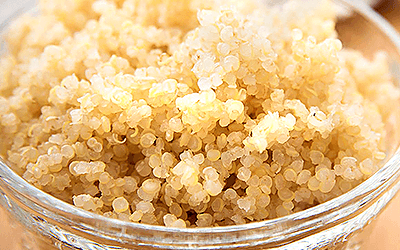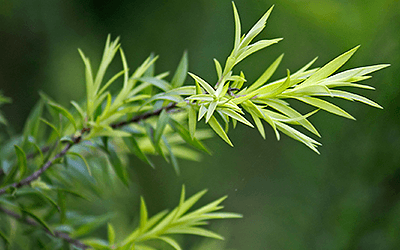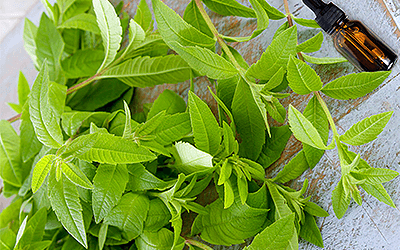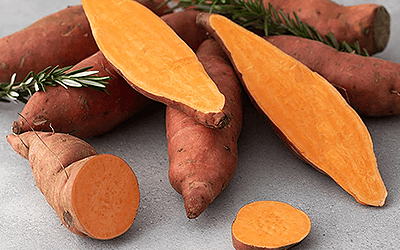Goldenberry (Physalis peruviana), also known as Inca berry and cape gooseberry, is native to the tropical highlands of South America and known for its mildly citrus flavor, as well as for its medicinal benefits, which include supporting liver and kidney health, as well as relieving inflammation and regulating blood sugar levels.1
Although goldenberries have been traditionally used for treating high blood sugar (hyperglycemia), the mechanisms behind this therapeutic action were unknown, and attributed mostly to their high levels of phenolic compounds. However, an in vitro study has finally shed light on the bioactive substances responsible for this medicinal benefit of Physalis peruviana.
The Study
The aim of the study, carried by a team of researchers at the National University of Colombia, in Bogota, was to identify the compounds responsible for the hypoglycemic activities of goldenberries using an alpha-amylase inhibition test. Alpha-amylase, a glycoside primarily produced by the salivary glands, is essential for the digestive process in humans because of its ability to bind and break down carbohydrates.
An extract of the sticky substance that covers the peel of Physalis berries was analyzed, and three new sucrose esters, named as peruvioses C, D, and E were isolated and tested.
The Results
All the newly discovered compounds were proven responsible for the hypoglycemic activities observed in the sample; however, peruviose D displayed the strongest glucose-lowering action, with an inhibitory activity value of 84.8%.
What Does this Mean?
This ground-breaking in vitro study has revealed the existence of three new sucrose esters in goldenberries and their inhibitory role in alpha-amylase activities. These findings contribute to further explaining the hypoglycemic effect traditionally attributed to these South American fruits and paving the way for future pharmaceutical applications of goldenberries for managing diabetes.
Other herbs with hypoglycemic properties are cinnamon, lucuma, stevia, and yacon.
Sources
- Carbohydrate Research, Peruvioses A to F, sucrose esters from the exudate of Physalis peruviana fruit as α-amylase inhibitors, 2018
Footnotes:
- Journal of Ethnopharmacology. (2006). Supercritical carbon dioxide extract exhibits enhanced antioxidant and anti-inflammatory activities of Physalis peruviana. Retrieved April 20, 2023, from: https://www.sciencedirect.com/science/article/abs/pii/S0378874106002893
